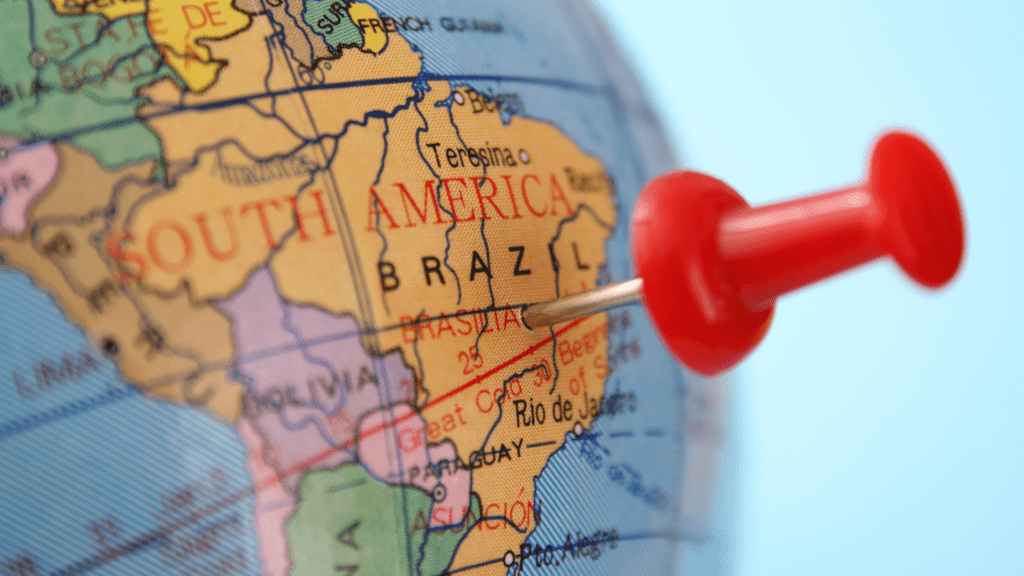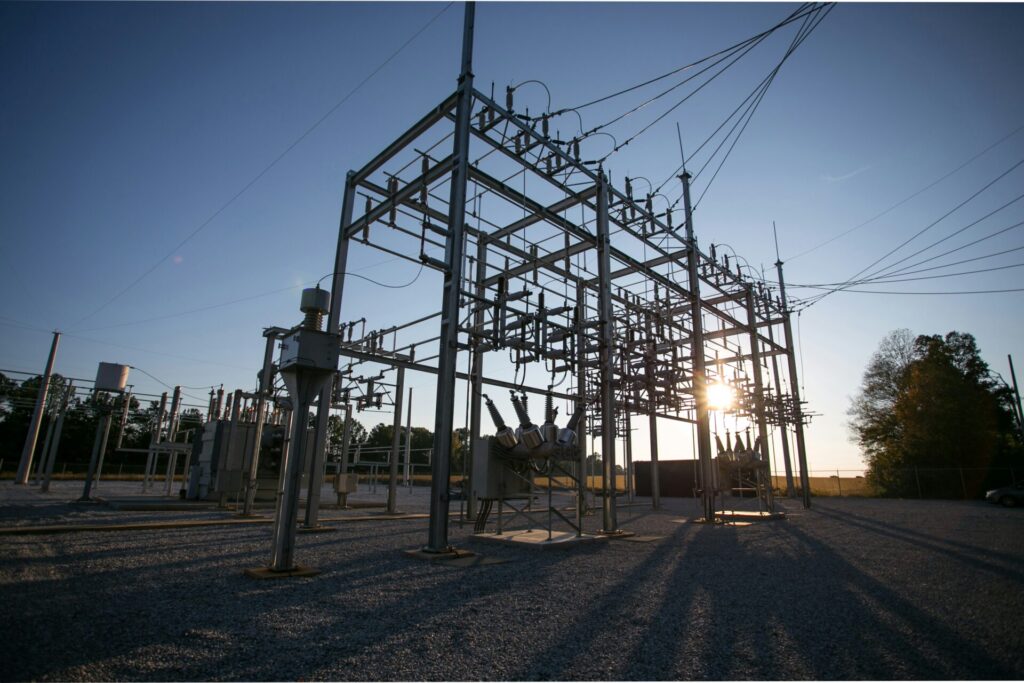This article is part of our feature on the future of wastewater in the U.S.’s fastest growing metro areas. We’re using the Transcend Design Generator to automatically build, expand, or upgrade regional wastewater treatment systems in each of these regions.
As we continue our series on automatically designing wastewater plants in rapidly growing US cities, we shift our focus to the Greater Los Angeles area. The sprawling metropolis of Los Angeles and its surrounding counties have experienced significant population growth over the past decade, with four counties listed in the TOP100 growing population by county from 2010 to 2020:
- 15 Riverside County
- 22 Orange County
- 25 Los Angeles County
- 36 San Bernardino County
The diverse landscape of the Greater Los Angeles area, including Los Angeles, Orange, Riverside, and San Bernardino Counties, presents a challenge in evaluating the current wastewater treatment capacity and determining the infrastructure required to meet future demands. An assessment of the existing wastewater treatment plants in these counties reveals the following:
- Los Angeles County: According to the LA County site, there are 11 treatment plants with a combined capacity of 510 MGD.
- Riverside County: Information on wastewater treatment capacity is limited, but we found that the western Riverside area has a plant with a maximum capacity of 14 MGD.
- Orange County: Official data on the size of the Orange County Sanitation District’s wastewater treatment capacity is not available on their website. However, their YouTube videos mention a 200 MGD capacity.
- San Bernardino County: The county is currently in the process of upgrading its wastewater treatment capacity to 33 MGD, with a completion target of 2040.
The total combined capacity of these wastewater treatment plants amounts to 757 MGD. While this capacity may suffice for the lower end of the population estimates in the Greater Los Angeles area today, it falls short of meeting the projected wastewater treatment demands of 1,385 MGD in 2030.
To address the limitations associated with the Total Dissolved Gas and the constraints on designing plants with capacities above 300 MLD (approximately 80 MGD), we will explore the feasibility of implementing a plant with an Upflow Anaerobic Sludge Blanket (UASB) reactor in the Greater Los Angeles area. UASB technology is more prevalent in warmer regions but may still offer benefits that make it a viable option for wastewater treatment in the LA context.
We will compare the effectiveness of a Conventional Activated Sludge (CAS) plant with a primary clarifier and a UASB-based plant, both with a capacity of 50 MGD.
If you’d like to see the full design package for this treatment plant, send us a note at info@transcendinfra.com or contact us here and a member of our team will share it with you!
If you enjoyed this piece you may also want to read about the future of wastewater in Washington DC.
Resources
https://www.lacsd.org/services/wastewater-sewage/facilities/wastewater-treatment-facilities





